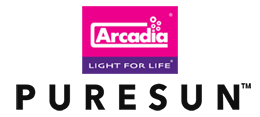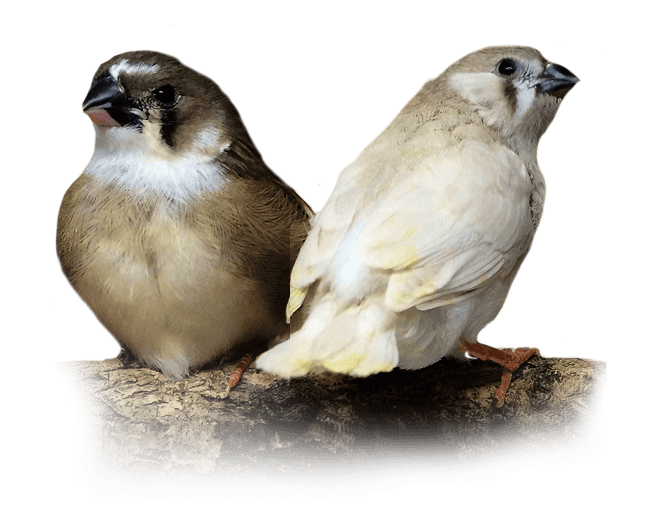
I recently purchased a bird lamp from an online auction site, but when the lamp arrived I could see no markers mark and the only words visible are “for reptiles”.
I am also concerned by some of the advice given in the auction advert, as I have now heard that some of these lamps can cause damage human and birds’ eyes and skin, if the UVA isn’t balanced with the UVB. Are these lamps safe to use?
Celia Preston, by email.
A UV lighting is at present an unregulated industry and incidences like this are becoming all too much common and very worrying, as using a lamp like this for a bird is potentially lethal. Anybody can import these lamps from the Far East but it does not mean that they should be able to or that it is safe to do so!
I saw one advert that suggested to test the effectiveness of a lamp you should place your hand under it for five minutes, and if your hand turned red then the lamp was working properly. This is very bad advice indeed and poses a very real cancer risk to humans and birds alike. The only safe way to test the output of a UVB emitting lamp is with a device similar to a “solar meter”. A UVB lamp should definitely not cause skin burns.
Firstly, I must clear something up for you. UVA, UVB and UVC are just different wavelengths of light. The light spectrum starts at blue and ends up in red in human vision. Out of the range of our visual capabilities is ultraviolet and finally X-rays at the blue end and at the opposite end of the spectrum infra-red or heat and finally microwaves.

UVC is a very dangerous wavelength and does not occur on earth as it is 100 per cent blocked out by the earth’s atmosphere. It is UVC that causes the cellular destruction of body cells and is used in hospitals to kill bacteria and viruses, and in pond filters to destroy algae cells. It can cause blindness and cancer in humans and animals very very quickly.
UVB is a potent source of safe energy and has many uses in nature. It is used among other things to help plants grow and it is responsible for starting and maintaining the D3 cycle through the skin. This is the very natural process of producing vitamin D3 in a safe and natural way in our own bodies and in most living things including birds, reptiles, mammals etc. This vitamin then allows the proper assimilation and use of calcium in the body. Without access to balanced vitamin D3, calcium is simply passed through the gut.
The provision of D3 from measured exposure to UVB is a safe and effective method of boosting this process without over the supplying the animal, in the way that synthetic supplements can.
UVA is slightly longer wavelength of light and is used by birds and reptiles and some fishes too that are known to be tetrachromatic- to see the world properly. A human can see one million colours being trichromatic. A tetrachromat can see 100 million colours, but only if the eye is activated by exposure to balanced levels of UVA.
A well-balanced bird or reptile lamp will use expensive crystal glass and phosphors to recreate a natural level of exposure, but these systems must offer 100 per cent protection against UVC! It is the wavelength in the main that you have read about causing problems. Many of these cheap, unregulated lamps may not have technology built-in to offer an adequate level of protection to bird or keeper. This fault has been seen and recorded in the past.
The aim with regard to effectively lighting a bird or a reptile is to recreate the level of exposure that the bird would be likely to receive in the wild. This exposure is measured against an average wild UV-index and then adjusted to take into consideration the region the particular species occupies in the wild.
The African Grey for example would use a much higher UV-index being an “over the canopy” and savannah dweller than say a Nanday Conure that spends much more time under the canopy and in shade.
At Arcadia, we are proud to have been the first brand to research and make available full spectrum UV bird lighting to all. We believe we have access to the very latest scientific technology and by choosing to produce lamps in the world’s best European facilities we can guarantee quality and safety every time. We are also the only brand to guarantee that our lamps are effective for 12 months and are 100 per cent UVC-free.
As in fall things though, the consumer has the right to choose the brand that they are most happy with. In answer to the question: is the lamp you have bought safe to use? I honestly do not know. It would need extensive and expensive testing to find out. My advice to all would be: good quality full spectrum UV bird lighting will transform your pet bird, but please choose to invest in branded products that have guarantees and insurance safety. This is not a product that can be safely guessed at.













